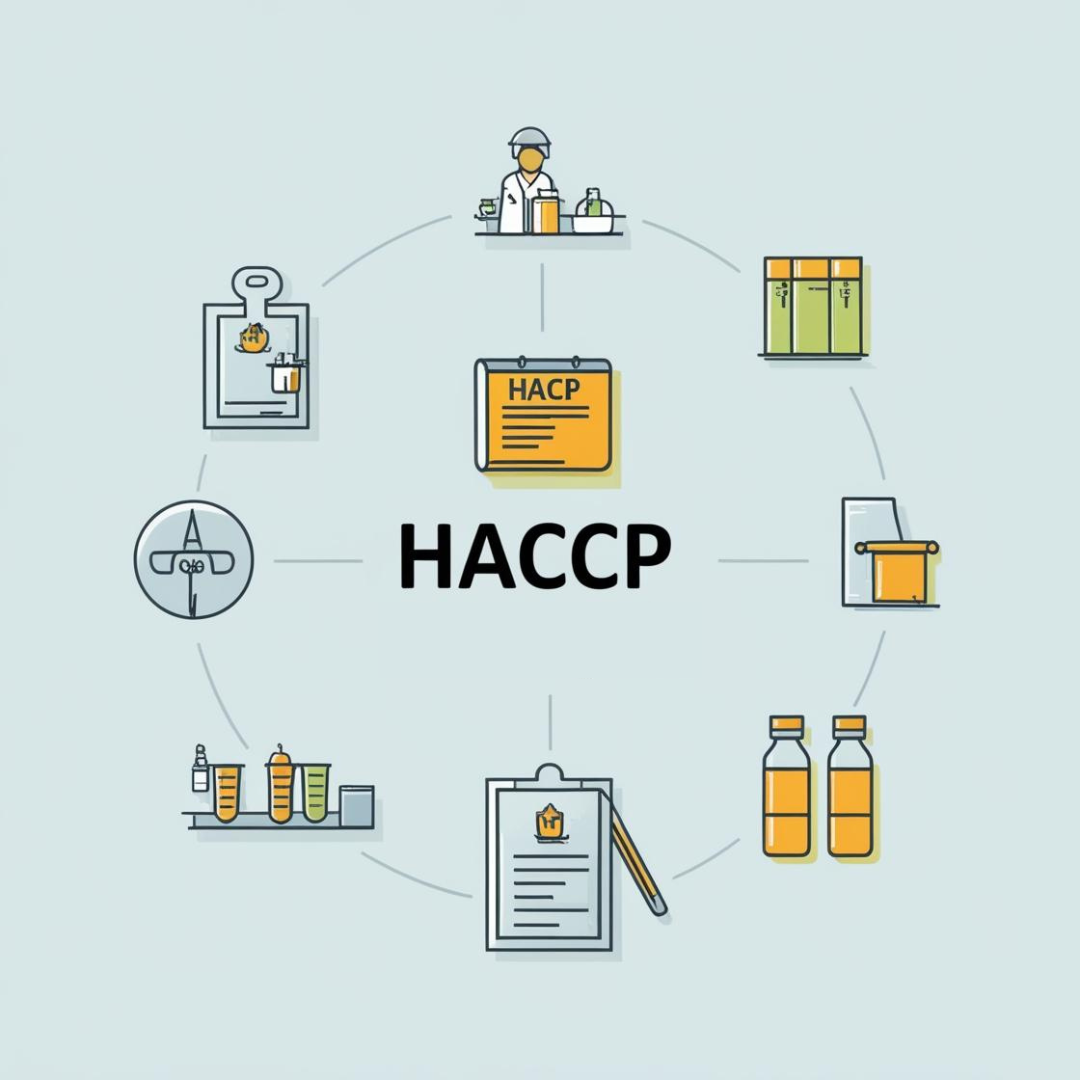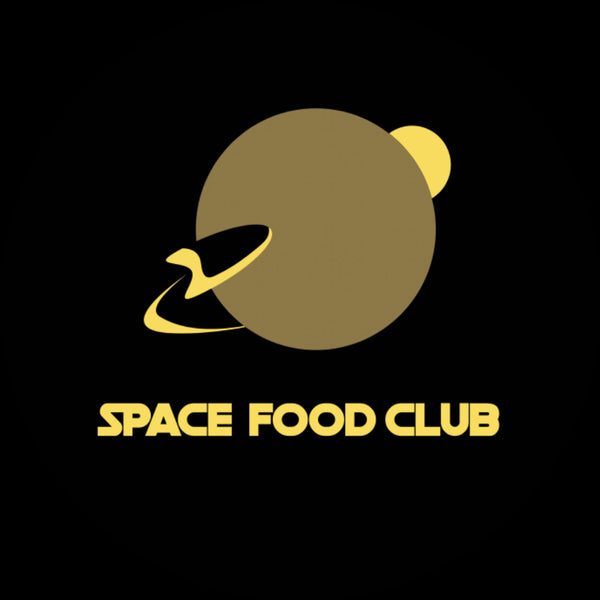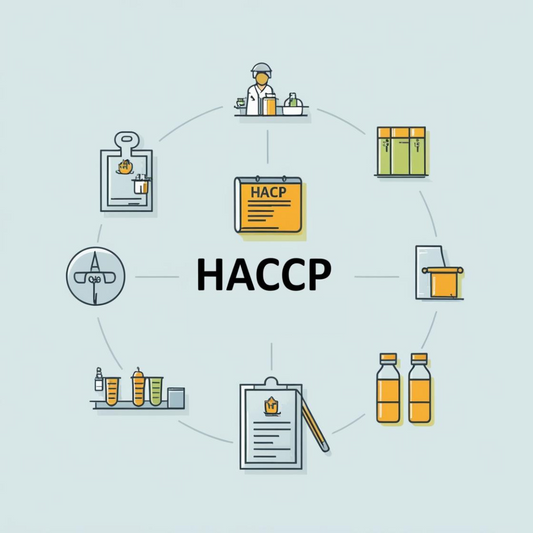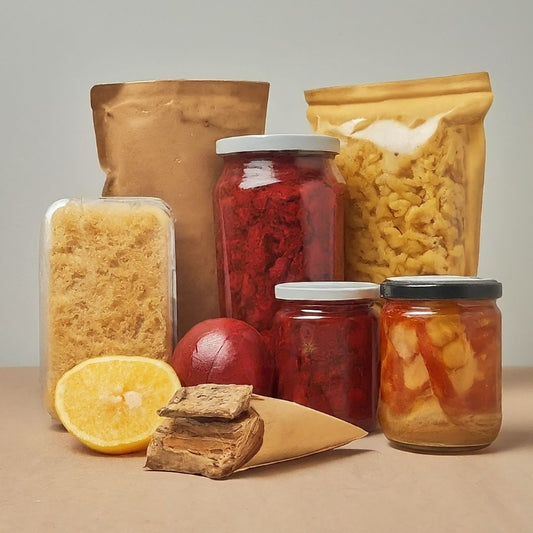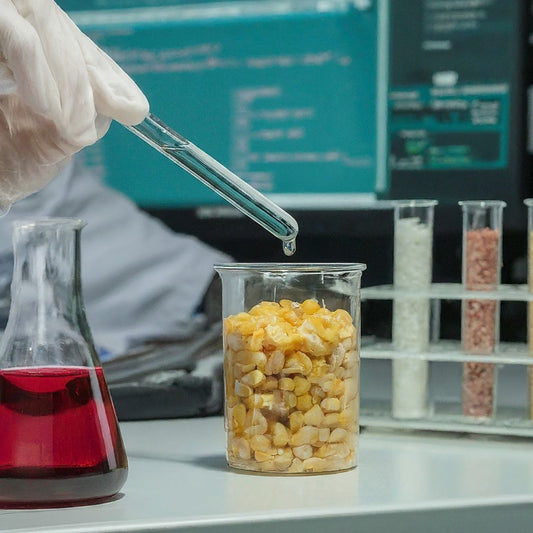What Do Astronauts Eat in Space? A Deep Dive into Space Food
Share
Space exploration has always fascinated humanity, but have you ever wondered what astronauts eat in space? Unlike Earth, where food is fresh and easily accessible, space meals require advanced food technology to ensure nutrition, taste, and longevity. Let’s explore the fascinating world of space food, how it’s prepared, and what astronauts eat while orbiting Earth.
The Evolution of Space Food
Space food has come a long way since the early days of space travel. In the 1960s, astronauts consumed pureed food from aluminum tubes, much like baby food. Today, thanks to advancements in food technology, astronauts enjoy a variety of meals that closely resemble what we eat on Earth.
How Is Space Food Prepared?
Since fresh food is scarce in space, meals are carefully processed to ensure long shelf life and minimal waste. Space food is typically:
- Freeze-Dried – Water is removed from food to extend its shelf life, and astronauts rehydrate it before consumption.
- Thermostabilized – Heat-treated to prevent bacterial growth, similar to canned foods.
- Irradiated – Exposed to radiation to kill bacteria while retaining nutrients.
- Dehydrated – Foods like soups and cereals are dried to prevent spoilage.
These processing methods ensure that space food remains safe, lightweight, and easy to prepare.
What Do Astronauts Eat in Space?
Modern astronauts enjoy a diverse menu, including:
- Rehydratable Breakfasts – Oatmeal, scrambled eggs, and cereals.
- Main Course Meals – Rice, pasta, stews, and even curries.
- Snacks – Nuts, dried fruits, energy bars, and crackers.
- Fresh Produce – Limited options like apples, carrots, and tortillas (which don’t produce crumbs).
- Beverages – Coffee, tea, fruit juices, and rehydrated milk.
Each meal is designed to provide essential nutrients while ensuring variety and taste.
Challenges of Eating in Space
Microgravity poses unique challenges for dining in space:
- Floating Food Particles – Crumbs can damage equipment, so astronauts use tortillas instead of bread.
- Lack of Refrigeration – Most meals are shelf-stable to prevent spoilage.
- Taste Changes – Due to fluid shifts in the body, astronauts often prefer spicy and strong-flavored foods.
Future of Space Food
As space travel advances, scientists are working on sustainable food solutions, such as:
- 3D-Printed Food – Creating customized meals using edible inks.
- Hydroponic Farming – Growing fresh vegetables onboard spacecraft.
- Lab-Grown Meat – Cultivating protein sources without traditional livestock.
These innovations will play a crucial role in long-duration space missions to the Moon and Mars.
